Diverse, distanced but far from desolate
Colorado’s far-flung southwestern corner has endured for centuries thanks to the careful vigilance of an array of people, from the ancients of Mesa Verde, to the miners and farmers who flocked to its steep river canyons and lush valleys in the 1870s, to the high-tech lone eagles and Front Range expatriates who have arrived in modern times.
Here, where three major rivers, the Dolores, San Miguel and San Juan, shape the largely rural landscape, people are comparatively few—roughly 110,000 spread across 10 counties. The region is so sparsely populated that Durango, with about 16,900 people, is considered a big town, and such hamlets as Ophir, population 200, and Silverton, roughly 600, are more the norm.
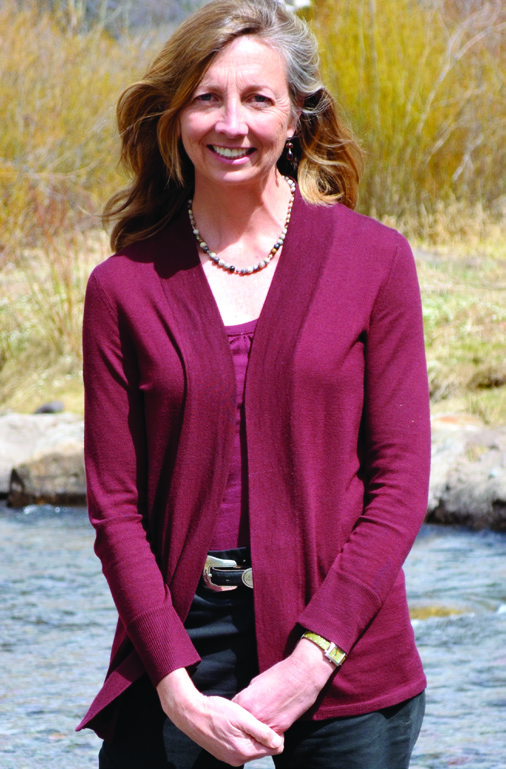
April Montgomery. Photo By: Malcolm Major
“What distinguishes this basin is our remoteness from the Front Range,” says April Montgomery, who since 2002 has served on the board of the Southwestern Water Conservation District, a water agency charged with overseeing water development and conservation within the region.
It is this geographic distance and the demanding mountain passes in-between that have helped the region maintain its rich cultural diversity. According to Montgomery, who also helps oversee statewide water policy from the boardroom of the Colorado Water Conservation Board, “The people of the southwest are as independent and rugged as the landscape.”
Talk to enough of southwestern Colorado’s water leaders and that independent spirit becomes clear. Each of the region’s smaller river basins has its own heritage, its own concerns, and its own approach to solving water problems, from the uranium miners and farmers of Nucla and Naturita, to the über-wealthy, second-home owners in Telluride and Pagosa Springs.
Despite their differences, the many river basins in the region are cooperating to address problems that transcend individual watersheds, including water quality and the need to make their water supplies accommodate a vast range of interests—from growing communities to the state’s only two remaining Indian tribes, from farmers and ranchers to fisherman and rafting outfitters, from miners to endangered fish.
Economy in Flux
Chuck Wanner is among the wave of Front Range expatriates who have settled in southwestern Colorado. He left Fort Collins in 2002 after serving on the town’s city council for nearly eight years. Wanner also helped lead the effort to designate Colorado’s first—and to this day, only—Wild and Scenic River segments on the Cache la Poudre River in Larimer County. Even now, 10 years after moving to rural La Plata County,outside Durango, Wanner is struck by the diversity of the region he now calls home— its cultural richness and its environmental glamour, from the 500,000-acre Weminuche Wilderness Area to the slamming, frothy flows of the San Miguel River where it races through Norwood Canyon.
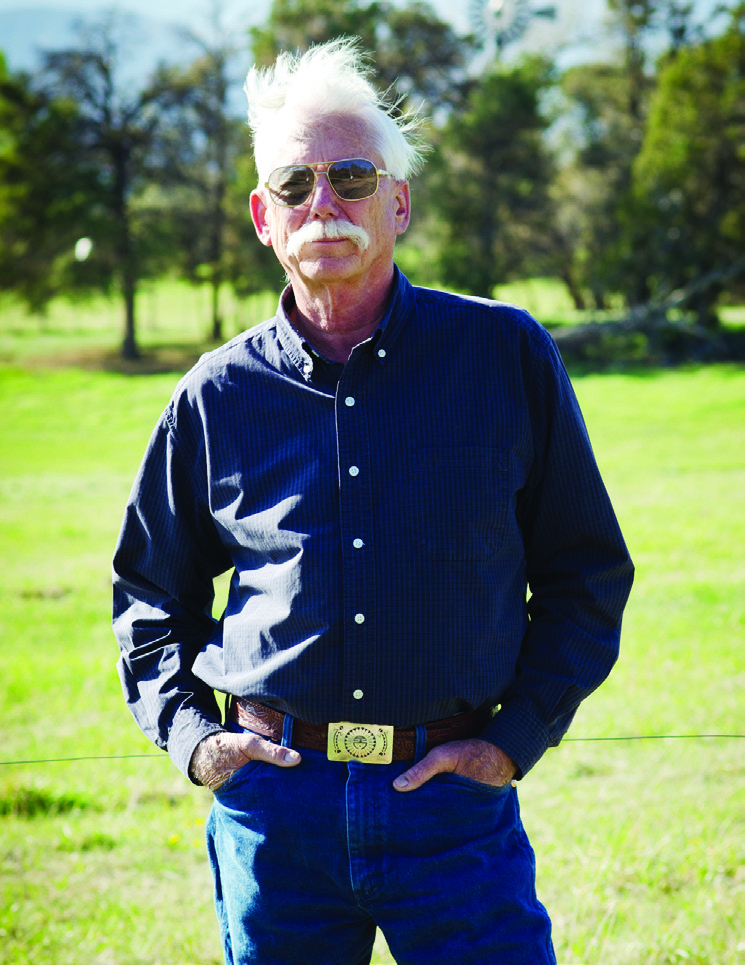
Chuck Wanner stand for a portrait near his home south of Durango Colorado. The La Plata Mountins set the backdrop. Photo By: Jeremy Wade
“A lot of people live here because they want to live here, and if they have to push coffee to live here, then they do it,” says Wanner, who himself recently took a post at the local five rivers chapter of Trout Unlimited. Many of the region’s newcomers, however, don’t have to work. Like other areas of the larger American Southwest, southwestern Colorado is home to a growing number of retirees. The people who find their way to this isolated region roughly 400 miles southwest of Denver bring with them a desire to escape the cacophony of the Front Range and to hike, bike and ski some of the West’s most unforgiving terrain.
If the ancient Anasazi people were among the first to arrive 3,500 years ago, miners continued the trend, bringing thousands to prospect for Silverton’s precious metals in the 1870s. Soon they would discover other mining lodes in Telluride, Rico and elsewhere. The region’s hard-won mining wealth also helped establish roads, railroads, towns and an agricultural economy that would outlast
many of the mines.
Today, agriculture—raising cattle, hay, pinto beans, sunflower seeds and more— is a mainstay of the economy, along with a growing tourism industry. Several ski resorts, mineral hot springs, plus rafting and kayaking on rivers like the Animas, Piedra and Dolores, draw people from across the state and the nation. Heritage tourists bound for abandoned mining or archaeological sites also find there’s much to see.
The legacy of mining also continues, however, in some not-so endearing ways. So profound and complex are the heavy metals issues that scar many of the rivers here that the U.S. Environmental Protection Agency once prepared to designate the whole upper San Juan County, wherein Silverton lies, a Superfund site.
“What was done back then [by miners] was done within the law, but it left us with a legacy of draining mines and mine dumps that contribute metals to the stream and that impact water quality,” says Steve Fearn, a mining engineer who has served on the Southwestern Water Conservation District board for 15 years. Fearn also helped found the Animas River Stakeholders Group, a community-based effort to improve water quality related to historical mining. The collaborative effort has brought mining companies, local residents, environmentalists and government agencies to the same table for nearly two decades. Thanks to their efforts, water quality has begun to improve, fish populations in some areas are showing signs of health, and Superfund listing has been averted. “We have some encouraging results,” Fearn says, “and we also have a ways to go.”
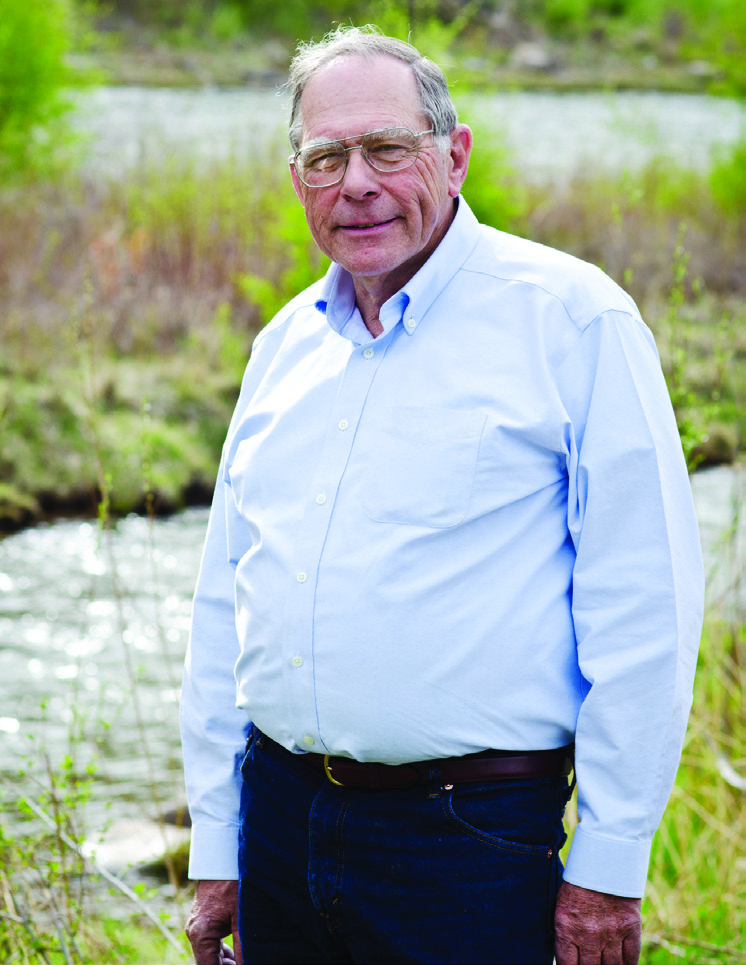
Steve Fearn helped found the Animas River Stakeholders Group, which cleans up after old mines, protecting waterways and keeping the region from being designated a federal
Superfund site. Photo By: Jeremy Wade Shockley
Despite the challenges from the past, Fearn points to current interest in restarting many of the old mines. “At today’s metal prices, the San Juan Mountains contain significant resources of economically minable minerals,” he says. “Fortunately, future mining will be conducted in a way that reflects our new values for the environment and protection and improvement of water quality.”
Sharing the Wealth
In Durango, about 48 miles southwest of Silverton, John Porter has a rancher’s vision of the landscape, having grown up on a spread outside Cortez. Porter, president of the Southwestern Water Conservation District, has watched the region grow even as it has struggled to manage its diverse rivers and the sometimes conflicting goals of people who live along their banks.
Porter credits the state-funded regional water roundtables with helping communities in the region come together to negotiate mutually acceptable ways to deal with their differences over water. The Southwest Basin Roundtable is one of nine across the state created by the passage of the Colorado Water for the 21st Century Act in 2005.
As a man with close ties to the farms in the region, Porter wants to ensure there is adequate water in the future to sustain local agriculture. Though most expect the number of irrigated acres to shrink slightly in coming years as some land is sold for development, agriculture will remain a vital part of the economic engine here. Along with the need to protect water for agriculture, the region must also ensure that its rivers deliver enough water to meet the needs of endangered fish, as well as people who live outside its boundaries.
Two of the region’s largest rivers, the Dolores and San Miguel, meet and cross the state line into Utah to the west, eventually feeding into the Colorado River, while the remaining rivers in the region flow primarily south into New Mexico, where they join the San Juan and also, ultimately, supply the Colorado. As a result, four interstate water compacts—two governing flows from the Colorado River drainage, one governing the Animas-La Plata Project, and one governing the La Plata River at the New Mexico border—must be administered here, along with the powerful senior water rights controlled by two Ute Indian tribes.
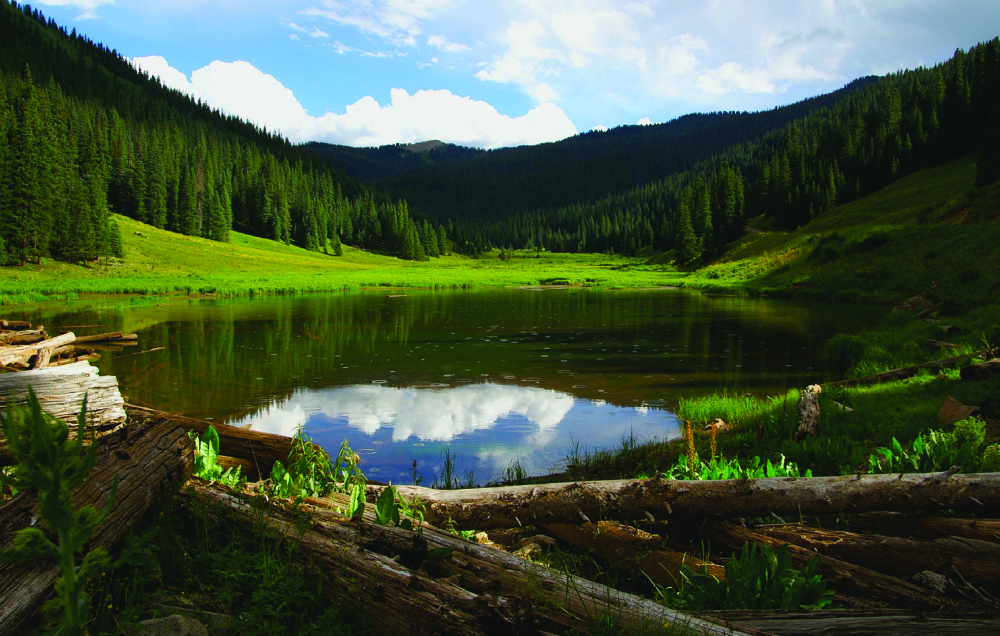
Barlow Creek Reservoir (right) sits upstream of Rico, Colo., a former silver-mining community that may have a molybdemum mine in its future. Photo By: Jeremy Wade Shockley
Porter and other water officials say New Mexico is the region’s largest concern, because its southern neighbor relies exclusively on the San Juan River to satisfy its water entitlement under the Upper Colorado River Basin Compact of 1948. That compact divides the water allotted to the
upper Colorado River Basin states—Colorado, Wyoming, New Mexico and Utah— under the overarching Colorado River Compact of 1922, giving New Mexico 11.2 percent of the four states’ share. “There is only one place they can get that water and it’s out of the San Juan,” Porter explains. “New Mexico, in our view, has already over-appropriated its 11.2 percent, so that’s the one we watch the closest. Yet we cooperate with New Mexico a lot.”
Not only are the rivers in the southern part of the region subject to water supply limitations related to the compacts, but their flows are crucial to the San Juan River Recovery Implementation Program, a coordinated effort to optimize conditions on the San Juan River and its tributaries for the successful recovery of two endangered fish species—the Colorado pikeminnow and razorback sucker. The recovery program, yet another example of regional cooperation, protects water users’ ability to continue to divert water and therefore plays into many water management decisions.
Forward Thinking
Despite its relatively small population and the multiple rivers that thread its landscapes, southwestern Colorado is looking to guard its water future. Most people here aren’t worried about a major water grab from the Front Range, and, thanks to a number of existing storage projects sprinkled across the area, most believe the region won’t need major new reservoirs to serve its cities and farmers.
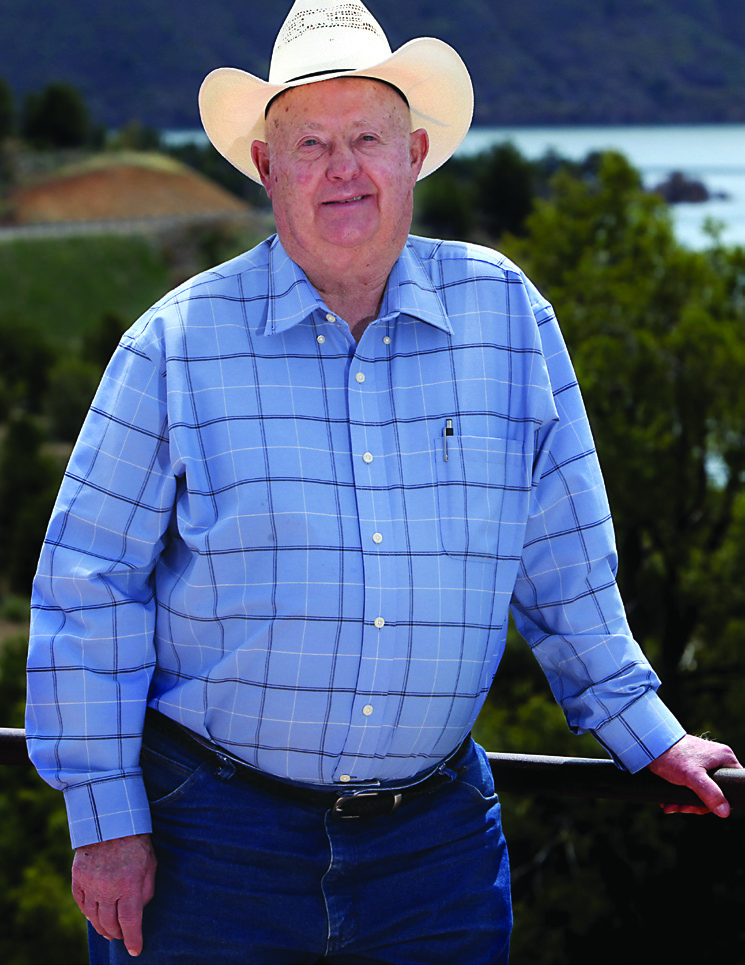
John Porter retired from managing operations at McPhee Reservoir for the Dolores Water Conservancy District in 2002 but continues to participate in local water planning efforts. Photo By: Jeremy Wade Shockley
Still, the area will see spectacular growth in coming years, reaching about 224,000 people by 2050 from the current level of 110,000, assuming medium-range economic and population growth forecasts. Much of this growth, according to a Colorado Water Conservation Board report known as the Statewide Water Supply Initiative 2010, will come from tourism, with agriculture continuing to hold its own. Even assuming the region benefits from ongoing conservation efforts, by 2050 the growing population will demand double the amount of water it uses today.
With the long-awaited Animas-La Plata Project finally built, those with interests in the project can expect to receive a significant, new source of water. Though additional storage projects on the scale of the Animas-La Plata aren’t foreseen, Long Hollow Reservoir, with about 5,400 acre feet of storage, is being built after more than 20 years of planning to help ensure Colorado can meet its obligations to New Mexico on the La Plata River. In addition, because numerous small communities are perennially water-short, local water entities with the state’s support have been working to build small, rural water distribution systems in such regions as Hesperus, eastern La Plata County and western Archuleta County.
Dry Gulch Reservoir near Pagosa Springs is also in the planning stages. Proposed by the Pagosa Area Water and Sanitation District and the San Juan Water Conservancy District, the project has caused controversy within the basin, with environmental groups such as Trout Unlimited battling successfully to shrink the reservoir’s size—from 35,000 acre feet as originally proposed to an agreed-upon maximum of 11,000 acre feet—and the water districts pushing to build the project to ensure there is adequate water for future growth. Even if all goes as planned, the earliest construction start-date would be in 2020.
In addition to growth, another factor that may affect future water supply is climate change—the region has been identified as being at high risk for increasingly frequent drought and potential reductions in snowfall and streamflows. The Colorado Water Conservation Board, in fact, is doing a study to see what the impacts on skiing, fishing and rafting may be—given their importance to the local economy—and how to help mitigate those risks. Despite such concerns, Wanner, an at-large member of the Southwest Basin Roundtable, is one of several regional experts who believe this beautiful region will escape the dramatic water shortages projected for the Front Range in the face of climate change and population growth.
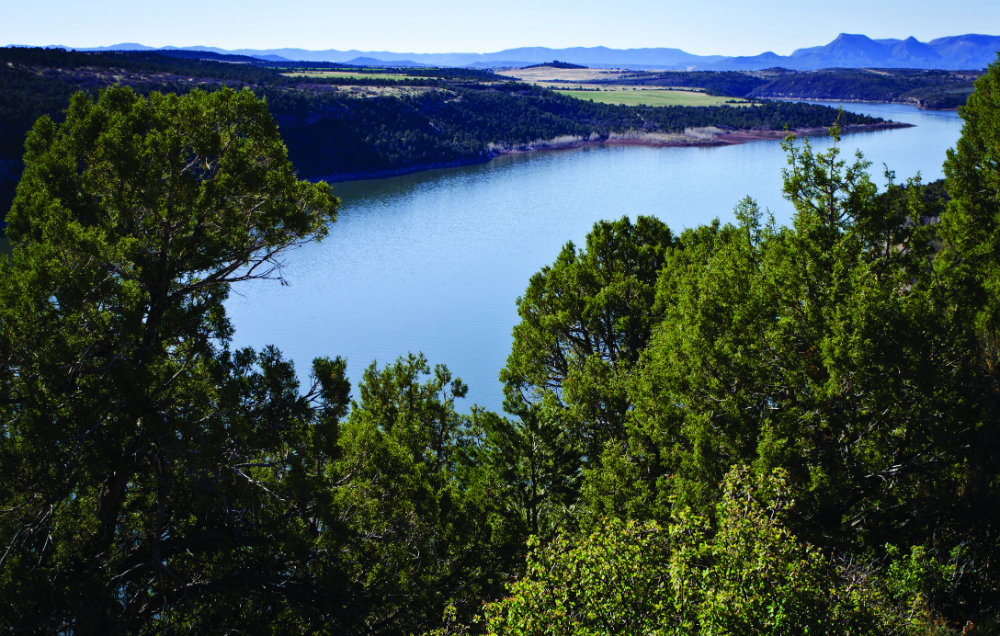
The McPhee Reservoir. Photo By: Jeremy Wade Shockley
Still, some Front Range pain may be felt here. The state is planning to purchase water being stored in the Animas-La Plata Project, in part to help satisfy any demands by Nevada, Arizona and California, in the event climate-induced water shortage causes those states to call for water Colorado uses from the Colorado River and its tributaries. The 1922 Colorado River Compact stipulates that 75 million acre feet of water on a 10-year running average must pass the Lee Ferry gauge below Glen Canyon Dam in Arizona to reach the lower basin. Front Range utilities may be able to lease water in the Animas-La Plata Project, assuming local water owners agree, in order to release that water downstream to help satisfy the lower basin. This would enable cities such as Denver and Colorado Springs to continue exercising their water rights in the headwaters of the Upper Colorado River.
Issues related to the Colorado River Compact have served to tie this isolated region to the broader state discussion about future water supply. Now, Montgomery, the first woman and one of the youngest ever appointed to the Southwestern Water Conservation District board, believes southwestern Colorado could be a proving ground for inventive water management tools, such as water banks and new programs for protecting and managing instream flows to keep water in rivers,that could also be applied elsewhere in the state.
“There are a lot of traditions here, water traditions that people don’t want to see change too fast. There is a real comfort and acceptance of agricultural lifestyles,” she says. “Even the ‘newcomers’ don’t want to see agriculture go away. As farms are sold off and water rights are sold off there is a danger of that. So all of us involved in water policy are thinking about what the alternatives might be. And because we’re a smaller community and we have less development, we’re the perfect place to try some things out.”

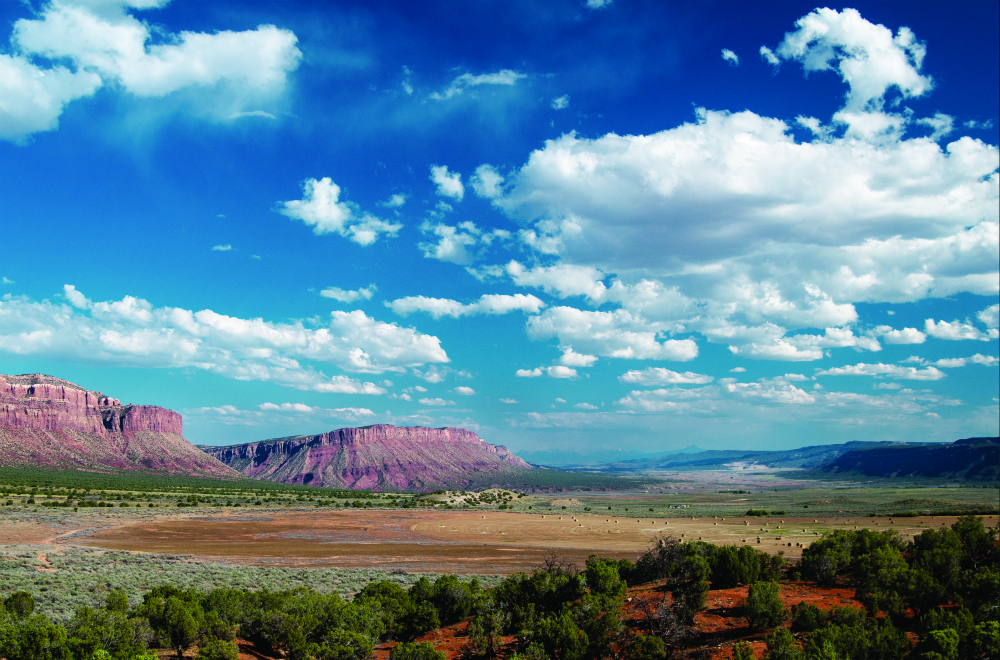
 Print
Print